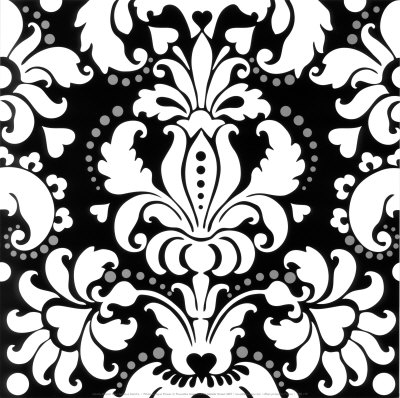 |
LITR 4232 American
Renaissance 2012 final exam—Answers to Question A1 "Review Learning" or "Review Romanticism" final exam assignment |
 |
Stephanie Taylor
The Inescapable Romantic
Before taking this class, I would have described Romanticism as a style
used to dress up or beautify ordinary situations. I imagined anything in the
Romantic realm pertained to aesthetics. I learned, however, that
Romanticism “is a period or style in literature, music,
and other arts
starting
in the late 1700s and flourishing in the early 1800s”. Throughout the semester
my understanding of Romanticism has developed dramatically. I left my
narrow-minded view in favor of a fuller, more defined view of the period and its
movements.
I embarked on a journey to discover the deeper meaning and truths behind
this period. My journey to fulfill my individual desires/questions opened a door
to the idea of “individualism”. Barbara Lazear-Ashcher stated, “In
the romantic moment, we gather and focus that yearning in order to connect with
something outside ourselves, believing against all odds that such connection is
possible, knowing paradoxically that romance is born between our reach and our
grasp”. Individualism creates desire and in order to satisfy that desire, one
must become vulnerable. I learned that the ideal of an individual’s journey
materialized in each of the different movements or subsets of Romanticism: the
gothic, the sublime, Transcendentalism and the romance narrative.
The gothic movement uses repressed fears and desires to heighten and
intensify its theological and psychological roots. Edgar Allan Poe, the most
prolific gothic writer, spins gothic gold by creating environments that are
“gloomy and dreary” alongside characters who are “infected” by “unceasing
radiation of gloom”. Poe’s work also commonly uses the sublime to produce
intense emotional responses in the audience. The sublime is another element of
Romanticism and it
is described as “beauty mixed or edged
with danger, terror, threat--all on a grand or elevated scale”.
Transcendentalism is a movement that descended from Puritanism. The entire
movement is centered on Ralph Waldo Emerson. Correspondence between nature and
the soul, and “higher thought[s]” or “better emotions” became synonymous with
the world-view of the transcendentalist movement via “In Nature” by Emerson.
A romance narrative is different from the period of Romanticism, but
commonly confused. A romance narrative is a subset of the Romanticist style.
These narratives use the “happily ever after” theme to portray a successful
restoration of unity. More often than not, I find that romance narratives are
far-fetched in their storylines. Somehow in every typical romance, the girl
against all odds wins the lottery and becomes the president AND marries some
knight in shining armor—really? This aspect of the Romanticism period is
off-putting and honestly, annoying.
The Romanticism period in history refers to the late 1700s through the
1800s. During this time the population was steadily increasing and people began
desiring/seeking more opportunity—the American Dream? “Urbanization,
early industrialization, [and] movements for equality” all played integral
aspects of new “nostalgic” “utopian” and “emotional” Romanticist style. This
changing period holds certain allure for me because it focuses on individuals
who are always looking for something greater or for meaning. What is this life
all about? Where is my place in it? I am so grateful to have people during this
time period who were willing to go out on a limb and search for new meaning and
truth. The heroic individuals paved the way for generations of people to explore
civil liberties and allowed them to recognize that conformity is not the only
option.
